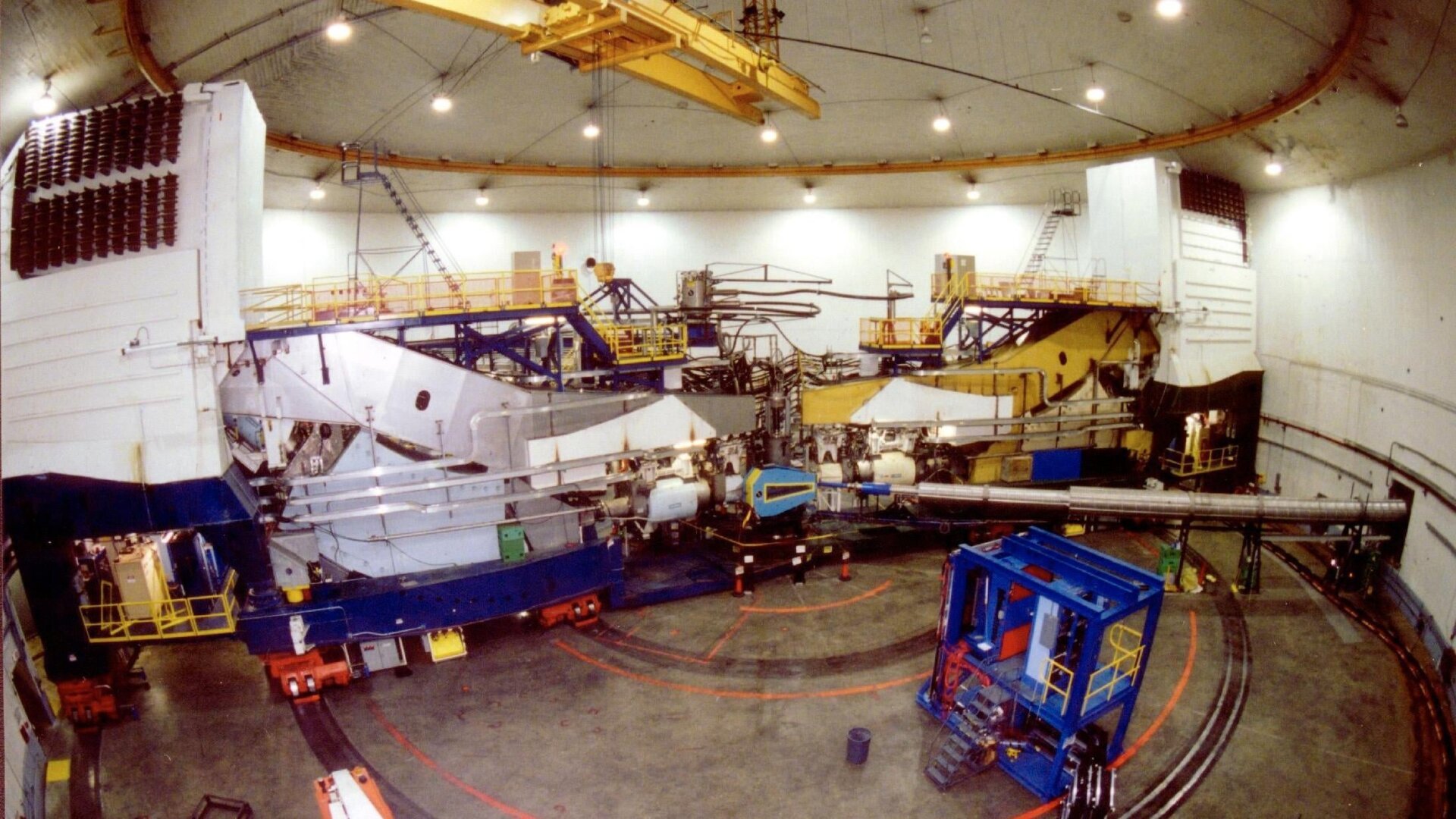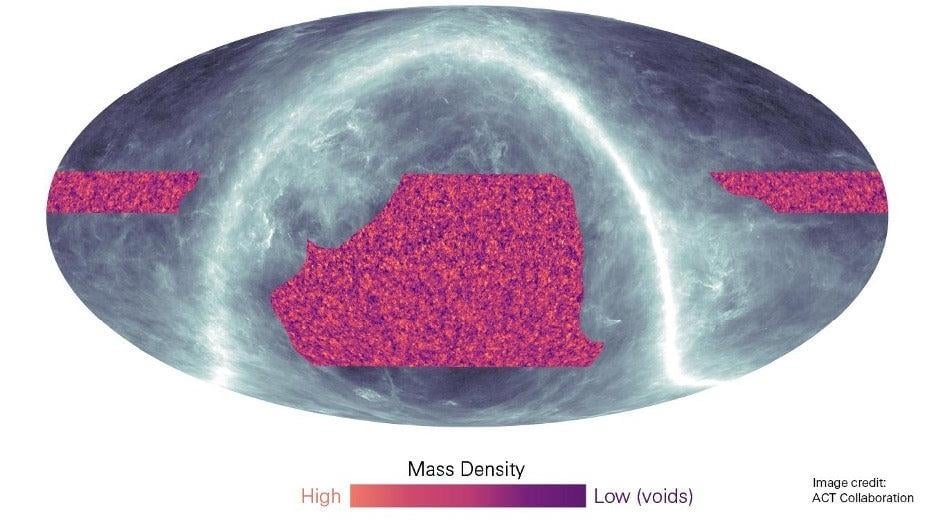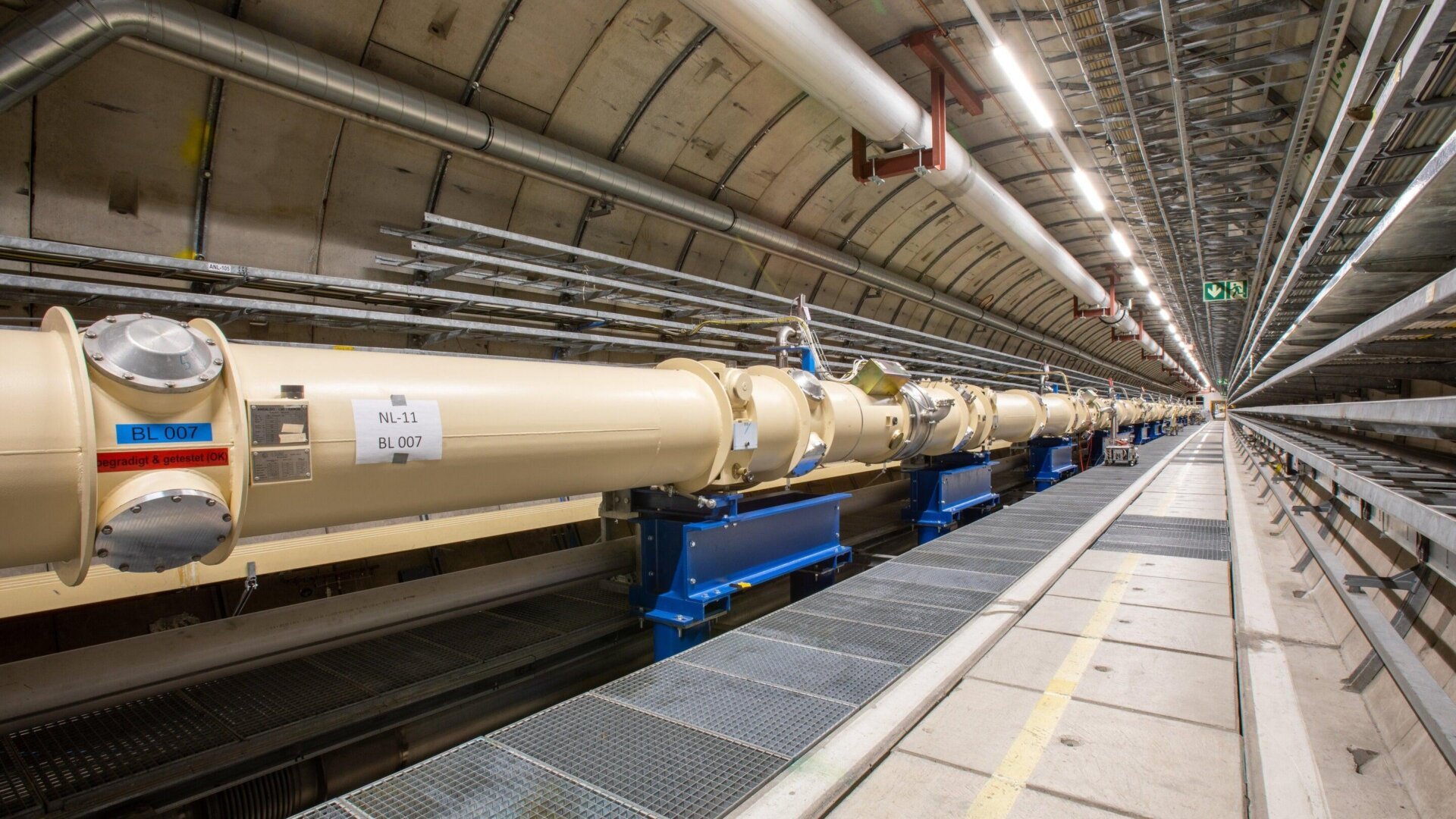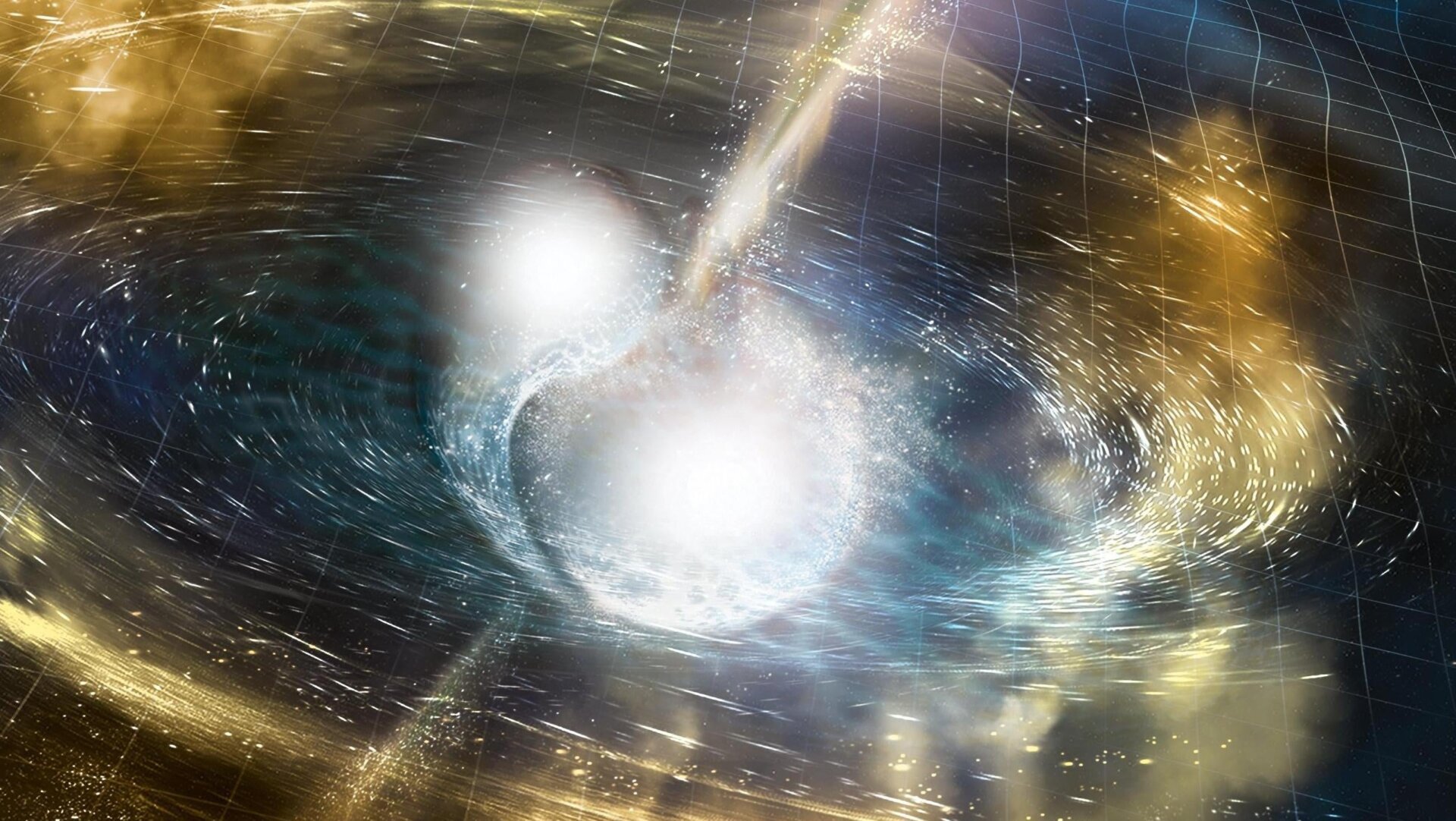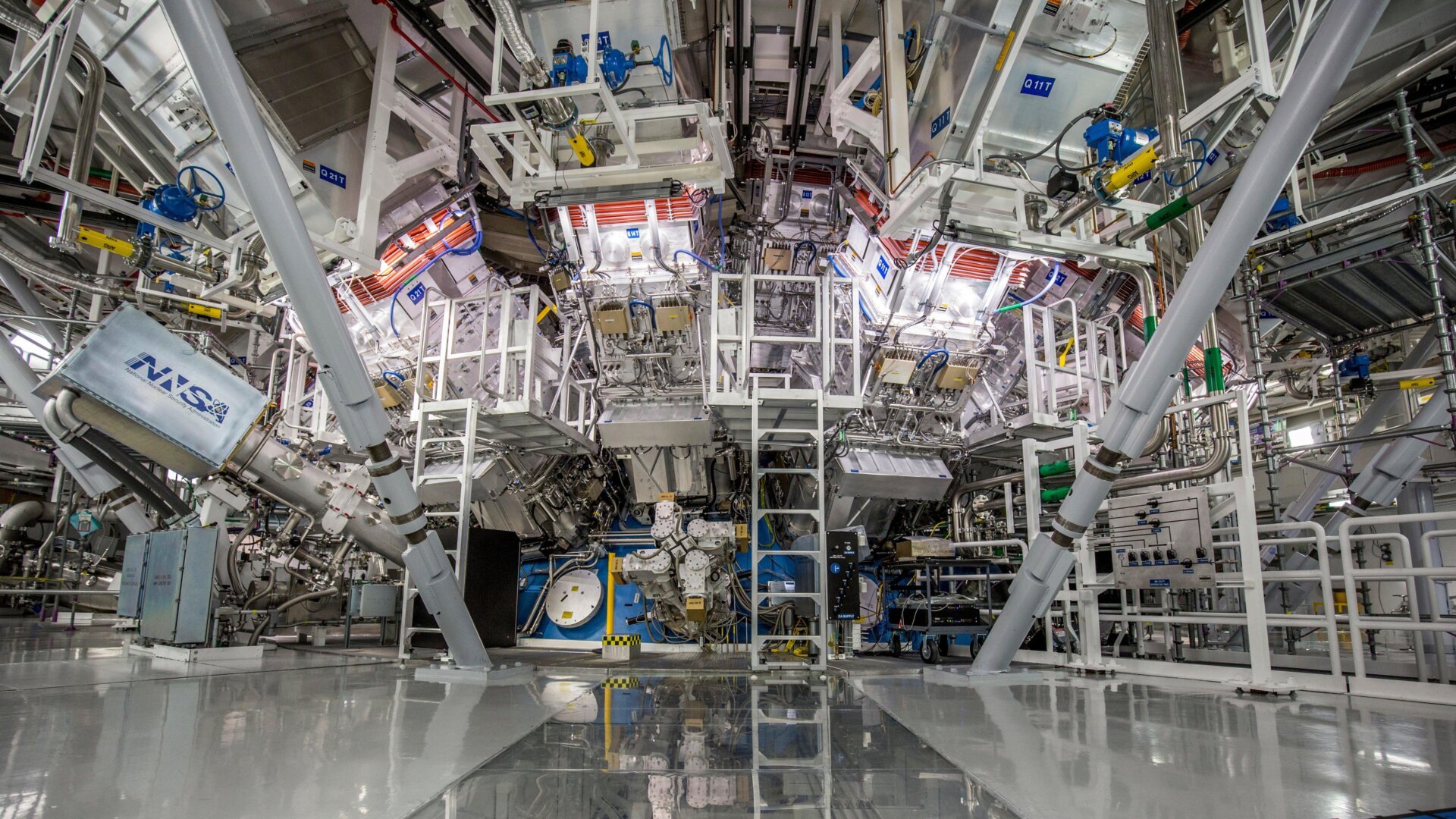Physics at the smallest scales presents significant observational challenges. Particles are often ephemeral, and the forces governing their interactions are incredibly subtle. However, by leveraging decades-old data and a 50-year-old prediction concerning gravity’s influence on subatomic particles, physicists have achieved a groundbreaking measurement of a second mechanical property within the proton: shear stress.
Protons, along with neutrons and electrons, are the fundamental building blocks of atoms. These protons are composed of even smaller particles known as quarks. Quarks are bound together by the strong force, one of the four fundamental forces in the universe (the others being gravity, the weak force, and electromagnetism). This recent research has successfully measured the distribution of the strong force within the proton, revealing the shear stress experienced by its constituent quarks.
“At its peak, this shear stress equates to a force exceeding four tons that would be required to pull a single quark out of the proton,” explained Volker Burkert, principal staff scientist at Jefferson Lab and lead author of the study.
This research, published in Reviews of Modern Physics, builds upon a 2018 measurement of the proton’s internal pressure. The data analyzed originates from experiments conducted at Jefferson Lab’s Continuous Electron Beam Accelerator Facility (CEBAF), employing a technique called “deeply virtual Compton scattering” (DVCS). In DVCS, a high-energy electron beam is directed at a target hydrogen proton. A quark within the proton then emits a photon, which carries crucial information about the quark’s properties. DVCS also provides insights into gravity’s effects on matter, a concept developed in the early 2000s by physicist Maxim Polyakov.
“This theoretical breakthrough established the relationship between deeply virtual Compton scattering measurements and the gravitational form factor,” Burkert added. “We were able to utilize this relationship for the first time to extract the pressure in our 2018 Nature paper, and now, the normal force and the shear force.”
Interestingly, the data collection was somewhat serendipitous. The team’s initial objective was to create three-dimensional images of the scattering process. However, in doing so, they inadvertently gathered data that unveiled the intricacies of the strong force’s influence within the proton.
“This is just the beginning of something much bigger,” stated study co-author Latifa Elouadhriri, a staff scientist at Jefferson Lab. “It has fundamentally altered our understanding of the proton’s structure.”
The DVCS scattering method provides researchers with valuable insights into proton properties encoded within gravitational form factors, as outlined in the 2023 Long Range Plan of Nuclear Science. This suggests that DVCS could pave the way for groundbreaking discoveries in physics. The team’s next endeavor involves taking new measurements of the proton’s size.
In conclusion, this innovative research has provided a new window into the inner workings of the proton, revealing the immense shear stress experienced by its constituent quarks. By leveraging advanced experimental techniques and theoretical frameworks, physicists are pushing the boundaries of our understanding of fundamental forces and the nature of matter itself. This work promises to open up exciting new avenues of exploration in the field of nuclear physics.



